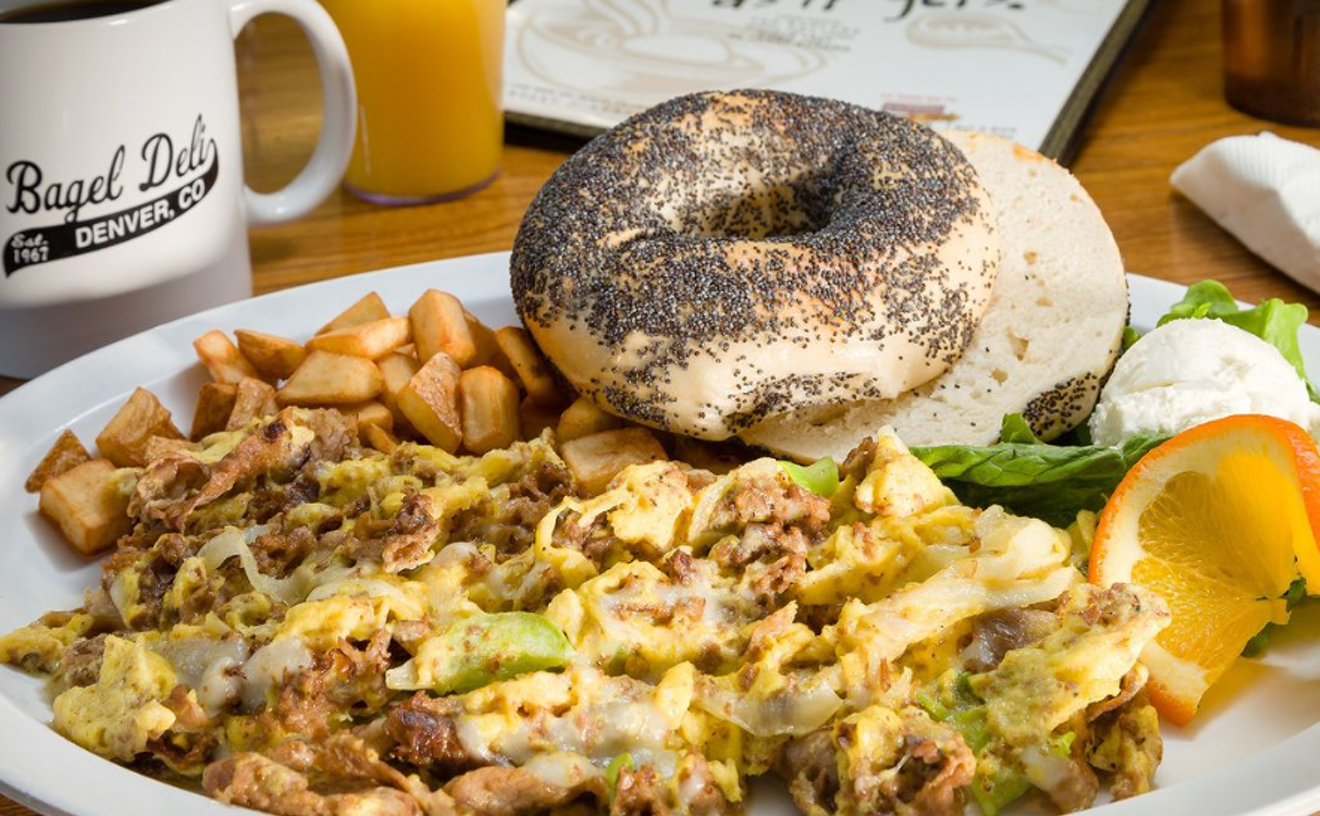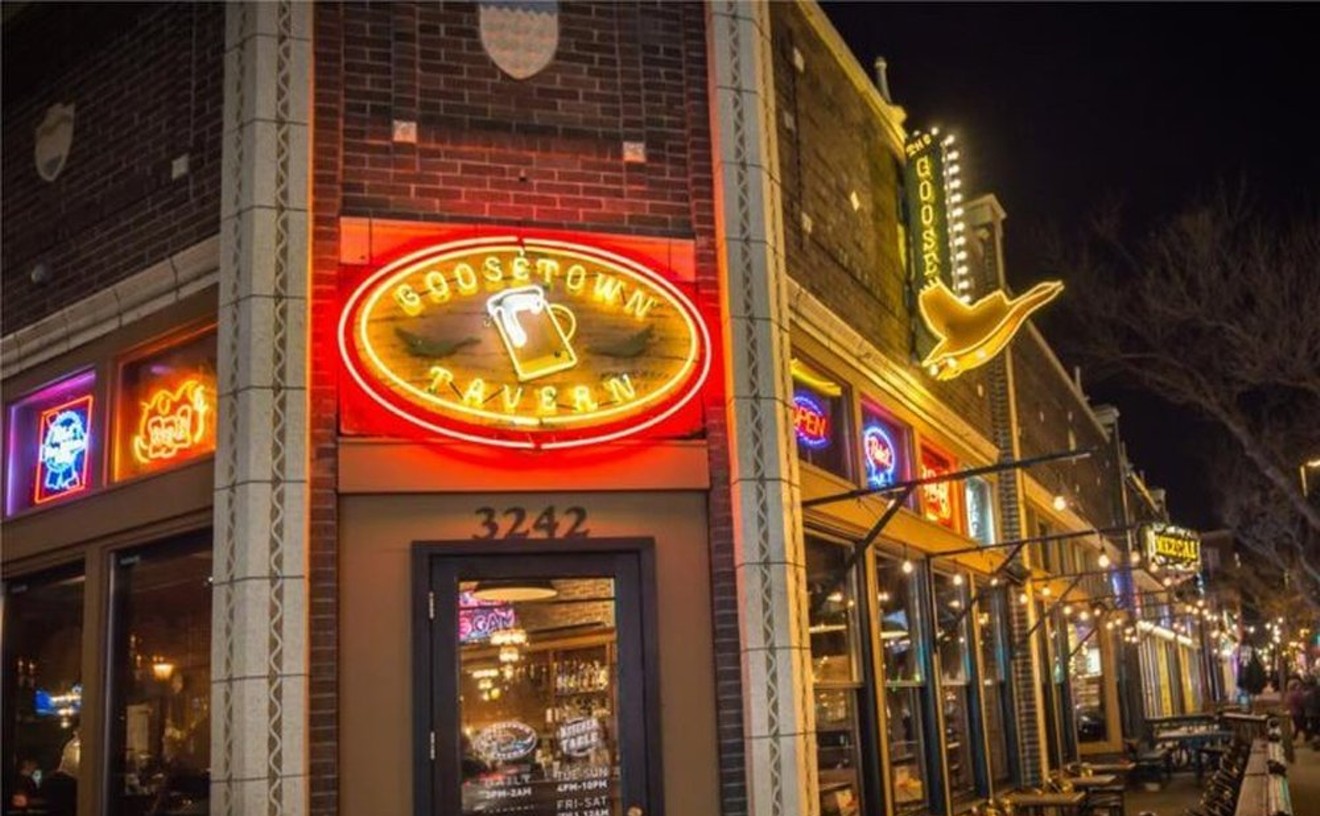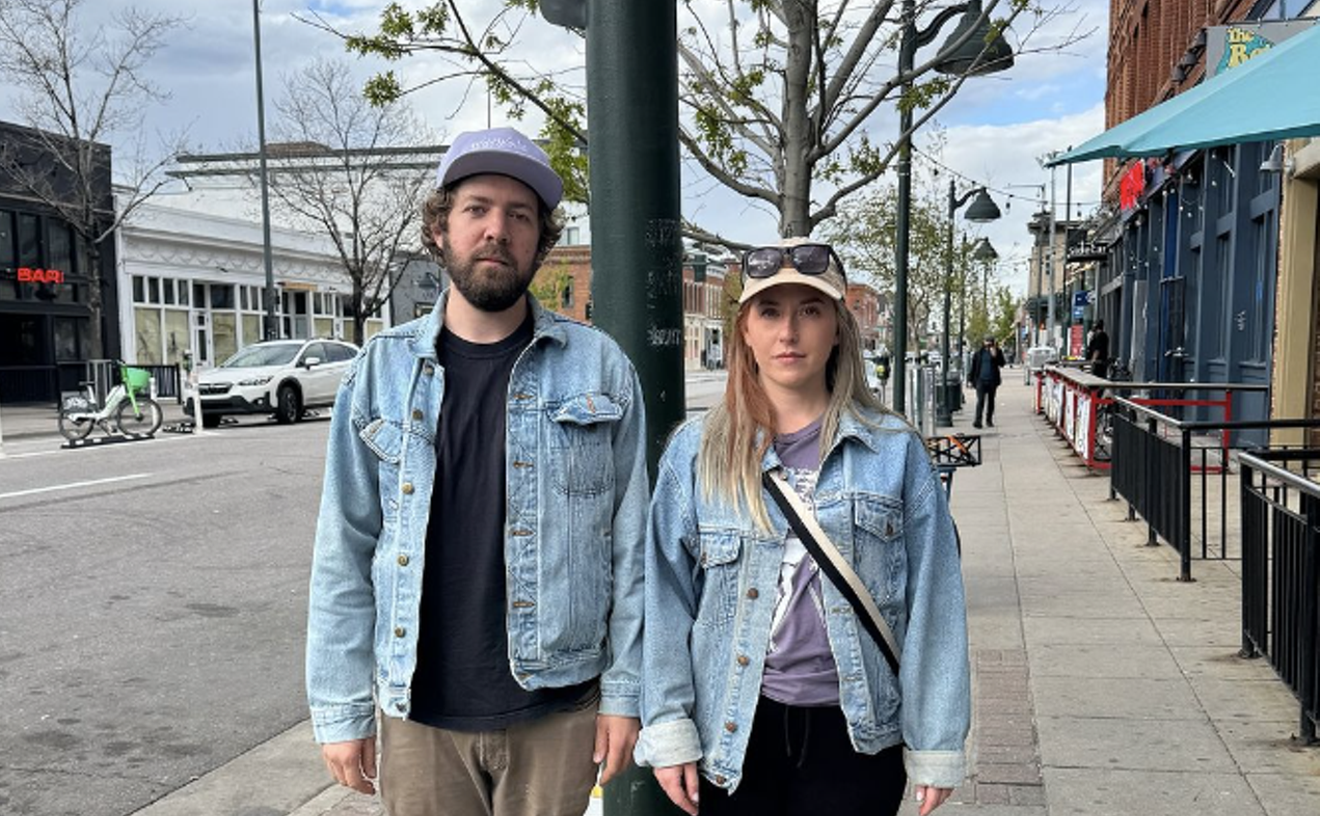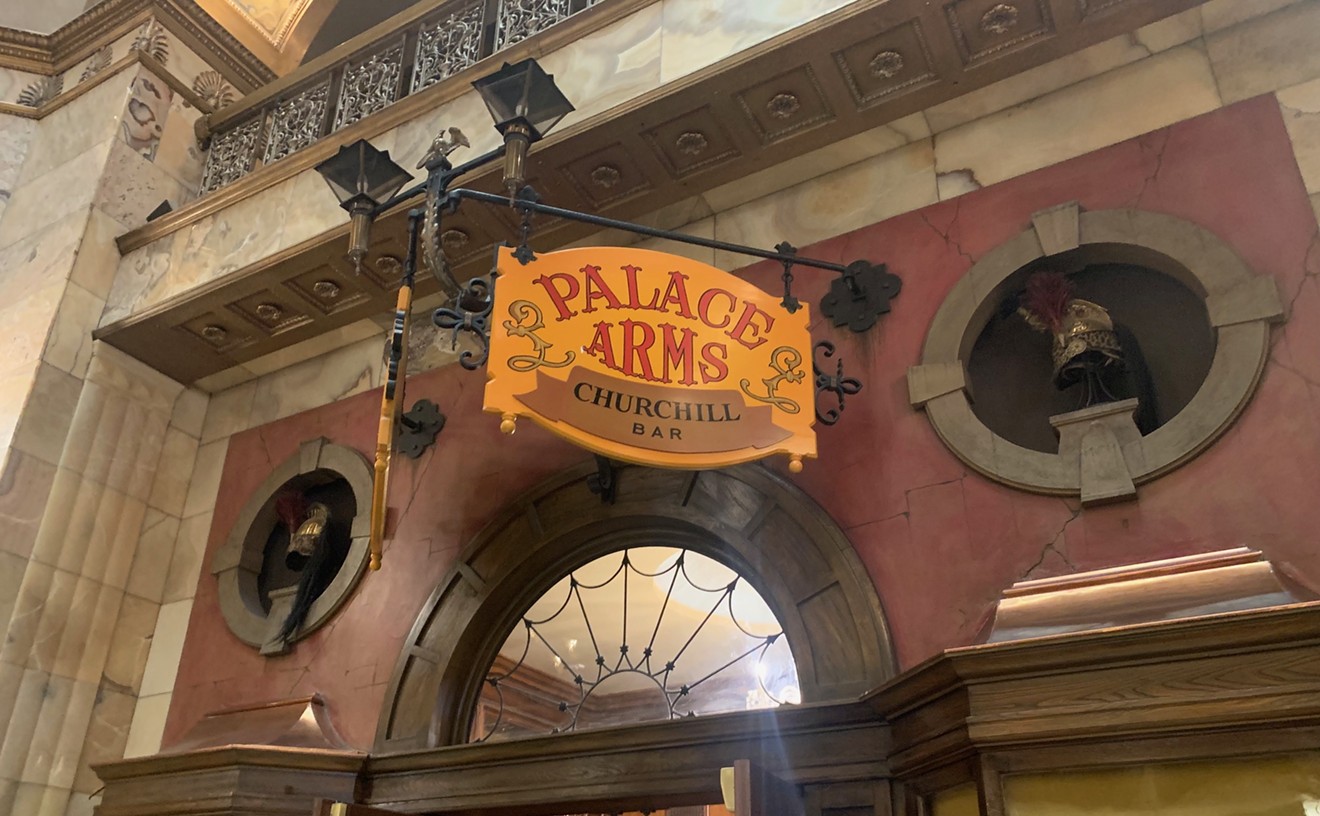For a thankfully brief time in the mid-'90s, Tuaca reared its ugly head. (I stuck with Grand Marnier because Tuaca sucks.) Then Jameson Irish whiskey took over with a vengeance, and for about ten years, Jameson ruled the roost. Around 2006, though, the bartending world caught agave fever, and tequila and mezcal became the most frequent shot of choice. Today they're so prevalent that agave is practically a religion. Personally, I am all about some mezcal (Del Maguey!). But over the last year or so, another spirit has come out of the woodwork to become the call of choice for bartenders:
Chartreuse.
Chartreuse started slowly but has come on strong. I've gone from pouring one bottle of Chartreuse a month to four or five a week. When a guest sits at my bar and orders a Chartreuse (whether green or yellow), eventually I'll ask what bar they work at. About 80 percent of the time I'll be right about their vocation; the other 20 percent learned to drink it from their favorite bartender.
Chartreuse has a long and storied history. It starts in 1084, when St. Bruno of Cologne started the Carthusian order of monks in a valley of the Chartreuse Mountains in the French Alps near Voiron. The Carthusians are a silent order of Roman Catholic monastics. Five hundred years later, the order was well established in France, and in 1605, the Carthusian Monastery outside of Paris was presented with a gift from King Henri IV's Marshal of Artillery: an ancient alchemical manuscript with a recipe for an elixir of long life.
The recipe included over 130 herbs, flowers and secret ingredients, with complicated processes for distillation, infusion and maceration. King Henri's man understood that it would take someone with great knowledge and skill to take this recipe to a final product. And it was too complex even for the learned monks, so for a century or so it sat untouched.
In the early 1700s, the manual was sent to the Charter House of the Order Le Grande Chartreuse, near Grenoble. The monks there studied it intently. By 1740, Élixir Végétal was a reality -- and it is still available today, made only by the Carthusians from the original recipe. While the elixir's purpose was that of a health tonic, many enjoyed its unique flavor and drank it like a beverage. The bottles were small and the liqueur very strong: 71 percent alcohol, or 142 proof.In 1764, the Carthusians created green Chartreuse, lowering the ABV (alcohol by volume) to 55 percent, or 110 proof. Then came the French Revolution, and in 1793 the monks were forced to leave France; they did not produce any liqueur during this time. They were allowed to return to the Grand Chartreuse Monastery in 1816, and by 1838 they had developed a milder, sweeter version of their famed liqueur that was colored with saffron: yellow Chartreuse (40 ABV, 80 proof).
Once again, in 1903 the French government expelled the Monks from their home in the mountains. This time they took their recipes with them to Tarragona, Spain, where Chartreuse was produced until after World War II. They were allowed to return to France and have been producing it in Voiron ever since. The recipe remains a secret that is only known to three monks. One, the Father Superior of the order, holds the entire recipe. The two monks who actually produce Chartreuse each know a different half of the recipe. The 130-plus herbs, flowers and spices are shipped to the monastery, where the monks blend their half in separate sacks and then travel down the mountain to the distillery in Voiron to produce the liqueurs and elixir.
In November 2011, I was fortunate enough to accompany Phil Ward (Mayahuel, New York City), Meehan (PDT, New York City) and Tim Master (Frederick Wildman & Sons) on a trip to the Chartreuse Distillery and Monastery in the Grand Chartreuse Mountains. We were able to see firsthand how these amazing liqueurs are made. We were especially lucky because we were able to meet and talk to Brother Jean Jacques, one of the monks who makes Chartreuse.You see, even though the Carthusians are a silent order, there are two levels of reverence: There are brothers who can talk and leave the monastery once a week, and fathers who can talk and walk around the monastery once a year. The rest of their time is dedicated to studies and prayer. Phil, who always carries mezcal, had a toast with Brother Jean Jacques, who was quite taken by the Mexican spirit (he had never had it).
We asked if we could make him a cocktail with Chartreuse because he had never drunk it any way but straight. We were told that we could, but we were in a cottage in the mountains with no other ingredients. So Jim, Phil and I found some mint in the garden, pears on the windowsill, sugar in the kitchen and crushed ice -- and created the Trinity Cocktail, a Chartreuse Pear Julep of sorts (recipe to follow). We used a rolling pin to muddle and large cups to shake.
Brother Jean Jacques couldn't wipe the smile from his face as he sipped his first-ever Chartreuse cocktail. We were all honored by the opportunity and his graciousness in acquiescing to our offer. We asked him several questions through our host and interpreter, Phillippe Rochez of Chartreuse. Of course, one of our questions was, "What are the main ingredients in Chartreuse?" Closely guarding the secret, he replied with a smile, "Hamburger and goat cheese."
When I first started bartending back in the days of mullets, hair bands and President Reagan, Chartreuse was one of those bottles that sat on a shelf collecting dust. Within the past ten years, with the resurgence of cocktail culture and craft bartending, this iconic liqueur has once again hit the top shelves (and bartenders' lips). If you haven't tried it, it's a must. If you hear someone ordering one neat, it's a good bet they work in a restaurant or bar.
The Trinity Cocktail 2 oz. Green Chartreuse 1/4 medium-ripe pear 8-10 mint leaves 1 bar spoon raw sugar
In a mixing tin, muddle pear and sugar, add mint, lightly press; add Chartreuse, ice and shake. Strain over crushed ice into an old-fashioned glass. Garnish with a mint sprig.Sean Kenyon knows how to pour out both drinks and advice. A third-generation bar man with 25 years behind the bar, he is a student of cocktail history, a United States Bartenders Guild-certified Spirits Professional and a BAR Ready graduate of the prestigious Beverage Alcohol Resource Program. You can often find him behind the bar at Euclid Hall, or at his new bar, Williams & Graham --- and here most weeks, where he'll answer your questions.Post them in the comments section below.










